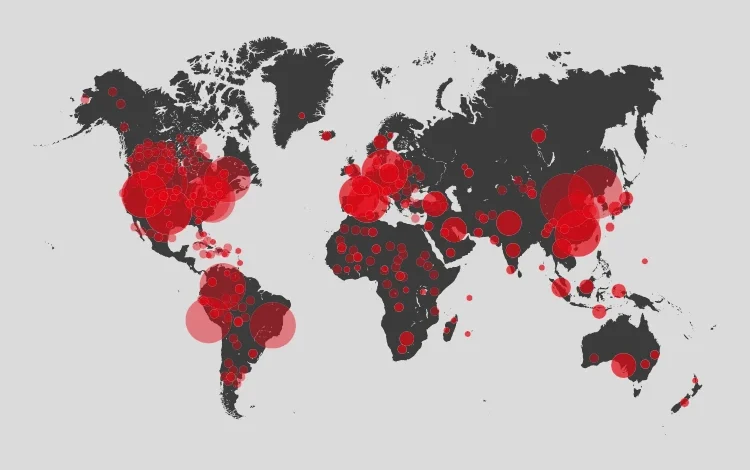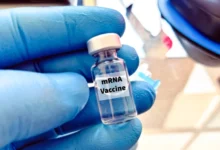A University Tool That Tracks Global Outbreaks in Real Time
Brown University’s weekly Tracking Report offers real-time updates on global disease outbreaks, helping experts and everyday readers stay informed.

When cases of measles began climbing across North America and an unusual mpox infection was confirmed in Australia, a small team at Brown University had already flagged the trend. Their tool, a free weekly report called the Tracking Report, has become a quiet force in disease surveillance—a tracker for global outbreak that often arrive without warning.
A Consistent View in an Inconsistent Data Landscape

Launched in 2024 by the Pandemic Center at Brown’s School of Public Health, the report compiles ongoing outbreak data from across the U.S. and beyond. It goes out to physicians, public health officials, and journalists, but also to teachers, nursing home residents, and anyone who wants to know what’s spreading, where, and how fast.
The team behind the Tracking Report noticed a gap: even for trained professionals, there was no single place to get a clear, up-to-date picture of multiple disease threats at once. COVID-19 brought that problem into sharp focus.
After the federal government pulled back on public COVID dashboards, many assumed something new would replace them. Few expected a university newsletter to fill the void.
Unlike fragmented updates from government sources, the tracker weaves in data from state health departments, international surveillance systems, and agencies like the CDC—offering a unified view. That includes case counts, hospitalization data, and even immunization details for specific outbreaks like measles.
Used by Experts, Adopted by Everyday Readers
Dr. Scott Rivkees, former Florida surgeon general and now a professor at Brown, says he checks the report every week. But it’s not just for professionals.
Professors use it to spark class discussions. Nursing home residents use it to make practical decisions about visitors or group activities. It’s written in plain English but without oversimplifying. The tone respects readers’ intelligence.
Carolyn Needleman, a retired professor living in senior housing in Rhode Island, says it gives her “just enough to stay informed without being overwhelmed.” It’s not about fear, she adds—it’s about having information before it hits the headlines.
Not Just Tracking, But Warning
The work isn’t automated. Researchers manually sift through official datasets, scan health department updates, and piece together global trends. For example, during a recent surge of pertussis cases, the team not only reported numbers but highlighted the age groups most affected and whether vaccination gaps were driving the trend.
Each edition includes a short commentary that adds context. When pediatric flu deaths reached their highest levels since 2009, the report didn’t just report the number. It noted what had changed in vaccination patterns, and why that mattered.
Earlier this year, when Ebola resurfaced in Uganda—this time a strain with no licensed vaccine—the tracker flagged it quickly. While larger organizations issued delayed statements, the Tracking Report included it in that week’s release, with a short note on containment efforts.
These early alerts matter. For global health workers, it can mean a head start in assessing travel advisories or supply needs. For schools or clinics, it’s a way to stay one step ahead of local transmission.
A Tool That Doesn’t Assume You’re Helpless
One unexpected outcome is how empowering the tool feels. At a time when many public dashboards have vanished or are hidden behind technical language, this report assumes the opposite—that readers want clarity, and will act on it.
Whether that means pushing for better vaccination coverage, rethinking a travel plan, or simply understanding the news better, the tracker provides the foundation.
An anecdote shared by a high school science teacher in Milwaukee illustrates its practical value. She used the tracker’s insights on a local RSV spike to encourage mask use during parent-teacher conferences. “I didn’t need a mandate,” she said. “I just needed reliable information to make a smart call.”
[Source]








